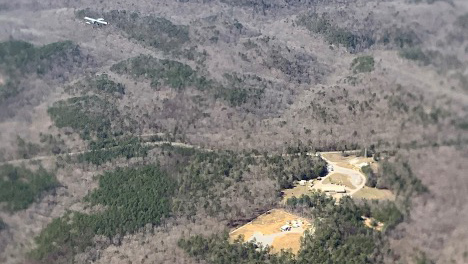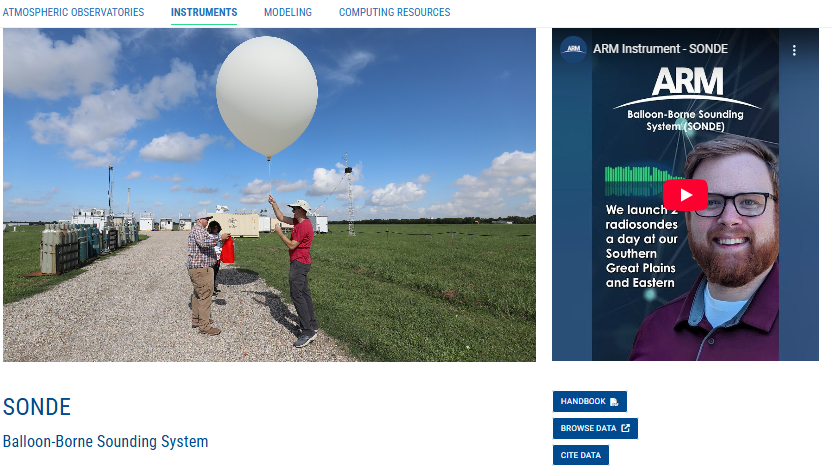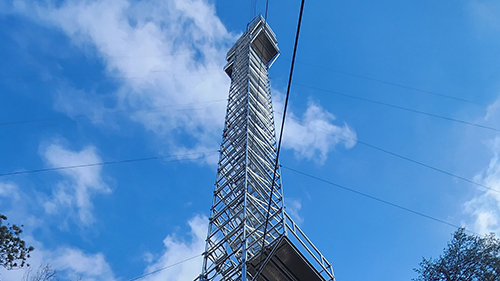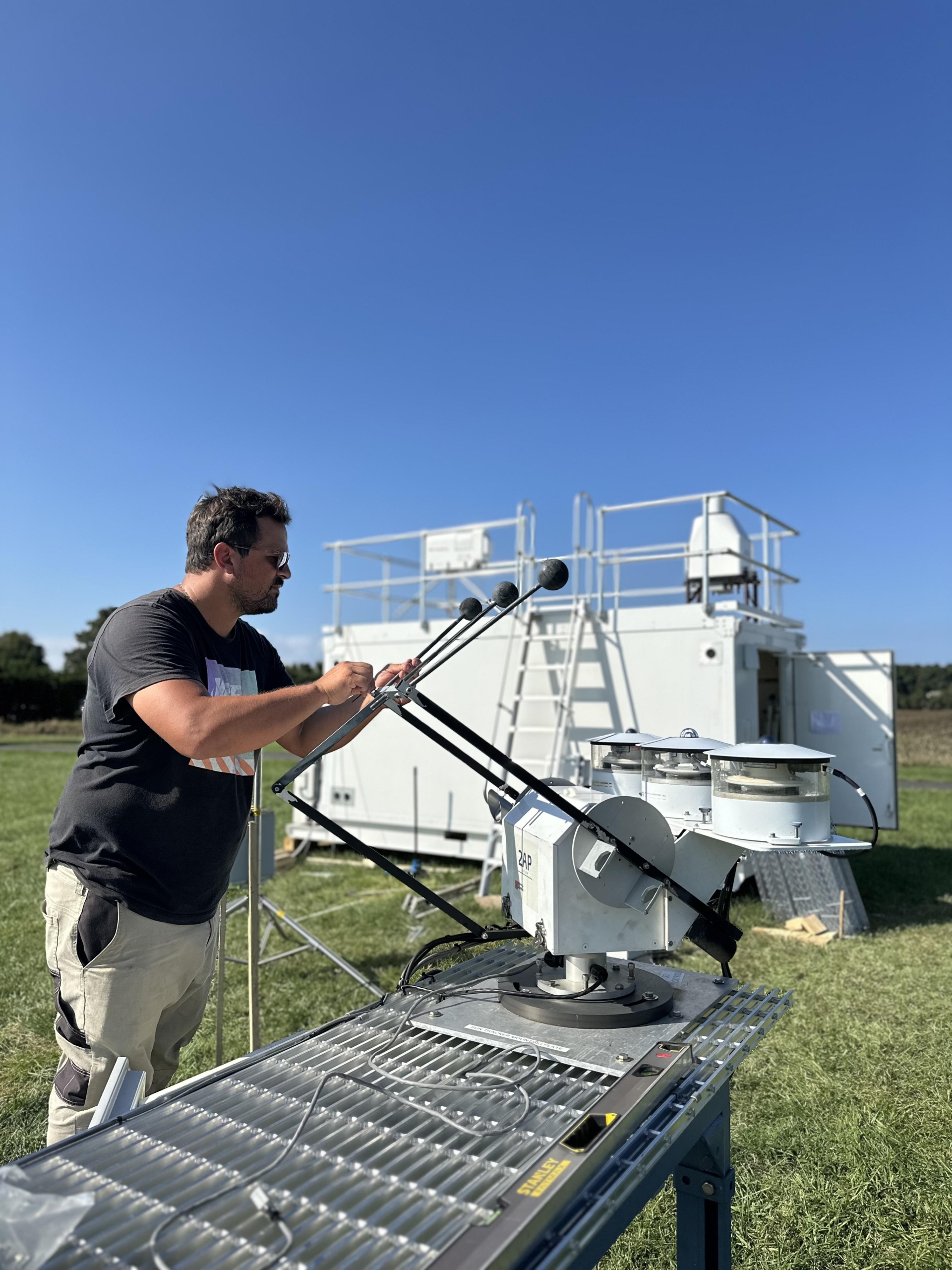Features
Bankhead National Forest Observations Are Reaching Full Speed
Continuous data and measurements from recent intensive operations, including ArcticShark uncrewed aerial system flights, are available from ARM’s atmospheric observatory in Alabama.
Welcome to the New-Look ARM.gov!
ARM.gov has gotten a refresh after more than eight years with its previous look. Peruse the site's new features!
Busy at Bankhead
More instruments are going up at ARM’s newest long-term atmospheric observatory, and science activity is increasing.
Brave New CoURAGE Campaign Set to Begin
In and around Baltimore, Maryland, scientists, technicians, and students are poised for a year of measuring an urban atmosphere during the Coast-Urban-Rural Atmospheric Gradient Experiment (CoURAGE).
Keep up with the Atmospheric Observer
Updates on ARM news, events, and opportunities delivered to your inbox
ARM User Profile
ARM welcomes users from all institutions and nations. A free ARM user account is needed to access ARM data.






















